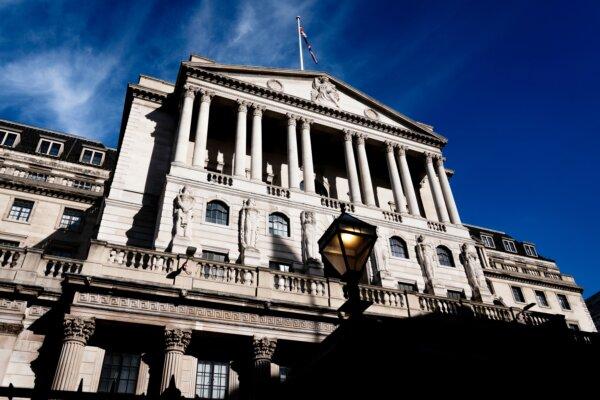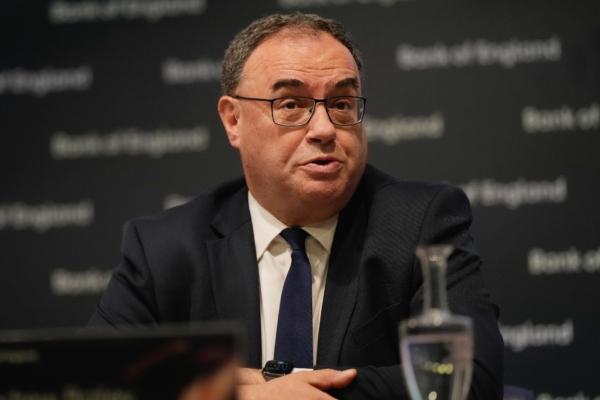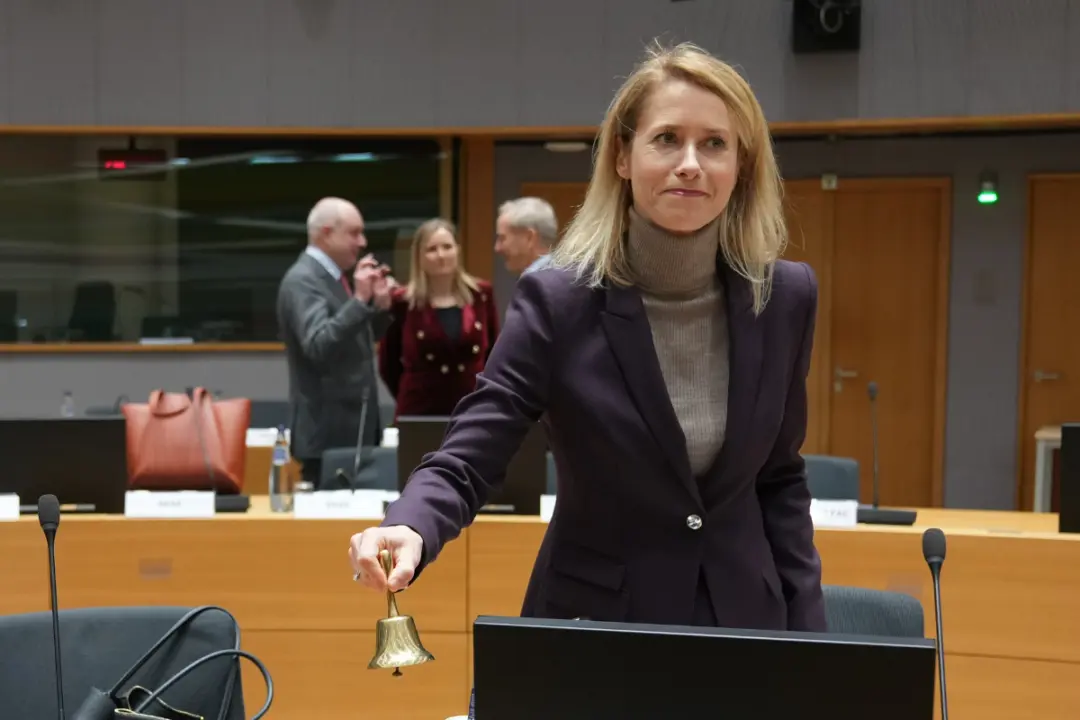Public sector net borrowing in February was higher than expected, amid higher social benefits and cost-of-living payments, according to official data.
The Office for National Statistics (ONS) said on Thursday that the public sector spent more than it received in taxes and other income last month, requiring it to borrow £8.4 billion, higher than the £6 billion economists had forecast.
Economists said it means the government could overshoot official borrowing forecasts from the independent Office for Budget Responsibility (OBR) for this fiscal year.
Deputy Chief UK Economist at Capital Economics Ruth Gregory said this means that borrowing in March “will have to come in at just £7.2 billion for the OBR’s full-year forecast of £114 billion to be met.”
Lower Than February 2023
However, last month’s reading was still £3.4 billion lower than in January 2023, the statistics office noted.Senior ONS statistician Jessica Barnaby said, “This was the fourth consecutive month in which borrowing was lower than in the same month a year ago, with growth in tax receipts exceeding growth in spending.”
“Across the financial year to date, borrowing was the lowest it has been for four years,” Ms. Barnaby said.
“Relative to the size of our economy, debt remains at levels last seen in the early 1960s,” she continued.
The ONS also revealed that central government tax receipts—money that the state receives through most taxes—was £86.4 billion at the end of February. This was £7.2 billion more than at the same point last year and as a result of businesses and individuals paying out more in taxes.
Increased Spending
Central government spending in February was recorded at £89.6 billion, an increase of £2.9 billion on the same month last year.The ONS said this was in part owing to social benefits rising by £5.9 billion to £25 billion, “largely because of inflation-linked benefits uprating and around £2 billion in cost-of-living payments.”
In response to the statistics, Chief Secretary to the Treasury Laura Trott said: “It was right that this government provided billions of pounds to support individuals and businesses during COVID, and pay half of people’s energy bills after Putin’s invasion of Ukraine.
Bank of England Keeps Interest Rates on Hold
Also on Thursday, the Bank of England (BoE) voted to keep interest rates unchanged.Bank Governor Andrew Bailey said: “In recent weeks we’ve seen further encouraging signs that inflation is coming down. We’ve held rates again today at 5.25 percent because we need to be sure that inflation will fall back to our 2 percent target and stay there.”
“We’re not yet at the point where we can cut interest rates, but things are moving in the right direction,” Mr. Bailey added.

The BoE is tasked with keeping inflation under control, using interest rates as the means of doing so.
“Inflation has come down. It’s come down as we expected,“ Mr. Bailey said, “But we have still got some way to go, particularly with what I call the more persistent bits of inflation.”
“That’s particularly the services element—it’s about half the total basket of prices—that’s still at 6 percent,“ he continued, ”Now, we don’t need to see it come all the way down to a sustainable level consistent with the target, but we do need to see further progress.”
“I do want to give this message very strongly, we’ve had very encouraging and good news so I think we can say we’re on the way,” he said.

Inflation Falls
On Wednesday, the ONS reported that inflation had fallen to its lowest rate for over two years, to 3.4 percent.While still higher than the BoE’s target of 2 percent, Chancellor of the Exchequer Jeremy Hunt said that inflation was set to hit this target within months.
“The families today will heave a sigh of relief that we are firmly on track to bringing inflation down to its target 2 percent. This is the lowest headline rate for two-and-a-half years,” Mr. Hunt said.
The main driver of this fall was food prices, according to ONS Chief Economist Grant Fitzner, “with prices almost unchanged this year compared with a large rise last year, while restaurant and cafe price rises also slowed. These falls were only partially offset by price rises at the pump and a further increase in rental costs.”
Mr. Hunt said the easing of food inflation was “most encouraging,” saying, “This sets the scene for better economic conditions which could allow further progress on our ambition to boost growth and make work pay by bringing down national insurance as we work towards abolishing the double tax on work.”







